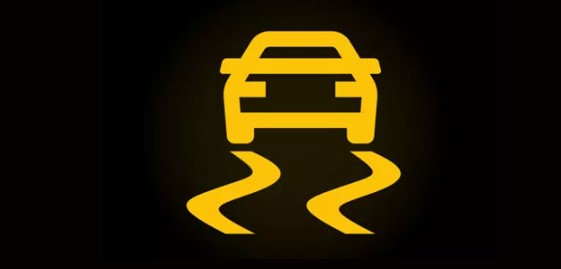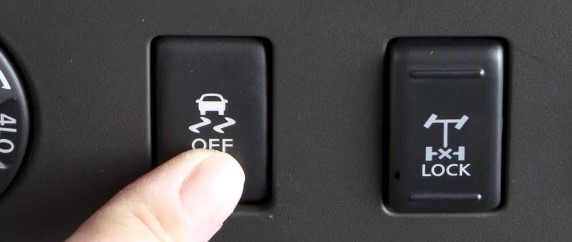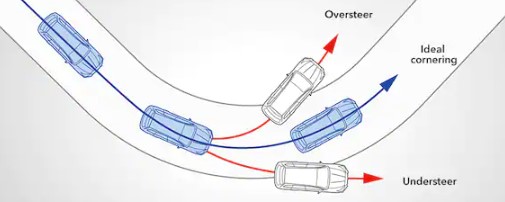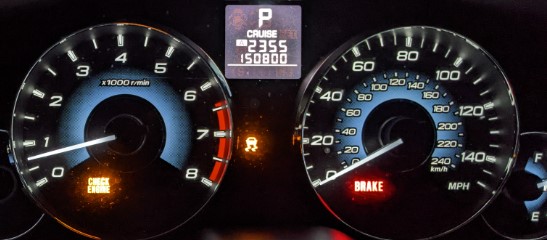In this blog post, we’ll be discussing the Subaru Vehicle Dynamics Control warning light. This light is a relatively new feature on Subaru vehicles and can be confusing for drivers. We’ll go over what the light means and what you should do if you see it while driving.
What Does The VDC Warning Light Mean?

The VDC warning light in your Subaru vehicle is an indication that there is a problem with the Vehicle Dynamics Control system. This system is responsible for maintaining the stability of your car, and when it is not working correctly, it can jeopardize the safety of you and your passengers. If you see a Subaru Vehicle Dynamics Control warning light, you should take your vehicle to a certified Subaru dealer as soon as possible to have it diagnosed and repaired.
Read also:
What Is The Subaru Vehicle Dynamics Control System?

The Subaru Vehicle Dynamics Control (VDC) system is a safety system that helps to stabilize the vehicle during cornering by automatically controlling the engine and brakes. If the VDC system detects that the car is beginning to slide, it will apply the brakes to the appropriate wheels and adjust the engine output accordingly. The VDC system can also help control the vehicle if one of the tires suddenly bursts while in motion.
In addition to helping improve safety, the VDC system can enhance the vehicle’s handling characteristics. Properly functioning can help make a Subaru feel more planted and composed when cornering at higher speeds.
However, as with any electronic system, there are potential drawbacks. One is that if a sensor or component within the VDC system fails, it can cause unexpected and potentially dangerous behavior from the vehicle. Additionally, some drivers find that the VDC system can be overly intrusive, constantly intervening even when there may not be any need for it to do so.
If you see the Subaru Vehicle Dynamics Control warning light come on while driving, it indicates that there is a problem with this system, and it needs to be serviced as soon as possible.
Read also:
What To Do When The VDC Warning Light Comes On?

If your Subaru has the Vehicle Dynamics Control (VDC) system, you may have noticed the VDC warning light on the dash. This light comes on when the VDC system is not working correctly.
A few different things can cause the Subaru Vehicle Dynamics Control warning light to come on. It could be something as simple as a loose connection or a blown fuse. If the light is coming on and off intermittently, it’s likely a loose connection. Check all the links under the hood and in the engine bay to ensure they are tight.
If the light stays constant, there could be an issue with the VDC system. The first thing to check is the fuses. There are two fuses related to the VDC system, and they are located in the fuse box under the hood. If either of these fuses is blown, it will disable the entire VDC system.
If neither of those fixes works, it’s time to take your Subaru to a dealer or qualified mechanic for diagnosis and repair.
Subaru Vehicle Dynamics Control Problems

If your Subaru Vehicle Dynamics Control warning light, it means there is a problem with the system. The VDC system uses sensors to monitor the vehicle’s speed and direction. Suppose it detects that the car is not going in the driver’s intended path. In that case, it will automatically apply the brakes to one or more wheels and reduce engine power to help correct the situation.
However, if the VDC system senses a problem, it will turn on the warning light and may also display a message on the instrument panel. If this happens, you should take your Subaru to a dealership or qualified repair shop as soon as possible so that they can diagnose and fix the problem.
Several potential causes of VDC problems include loose wheel nuts, low tire pressure, contaminated brake pads, and faulty sensors. Sometimes, the problem may be as simple as an open fuse or connector. However, there may also be an issue with the VDC control unit itself. Whatever the cause, fixing the problem as soon as possible is essential to avoid potential accidents.
If the Subaru Vehicle Dynamics Control warning light comes on, it’s essential to take action immediately and get your vehicle to a safe place. This light indicates something is wrong with the car’s stability control system, which could lead to an accident if left unchecked. If you see this light, bring your vehicle in for service so the problem can be fixed and you can safely continue driving.
FAQs About Subaru Vehicle Dynamics Control Warning Light
What is a vehicle dynamics control warning light?
The Vehicle Dynamic Control (VDC) Warning Light is located on the instrument panel of a vehicle. When this light illuminates, it indicates an issue with the VDC system and it will turn off. Even so, the driver can still drive their vehicle; however, they should be highly cautious in adverse weather conditions as the VDC system won’t be active to help improve safety and stability.
Why is my Subaru traction control light on?
The Traction Control System (TCS) light should illuminate for 1 to 2 seconds when a vehicle starts and begins to run. If the TCS light stays on, it indicates that either the system has been deactivated or there is a problem with the traction control system, which requires further examination.
What is vehicle dynamic control on Subaru?
Subaru Vehicle Dynamics Control (VDC) is an advanced active safety system that combines electronic stability control with a network of sensors. The system monitors wheel speed, steering wheel position, yaw rate, and lateral acceleration to help ensure optimal vehicle performance and stability in all driving conditions. This technology allows drivers to maintain control of their vehicles, even on wet or slippery roads, sharp curves, or during emergency maneuvers.
What does the orange exclamation mark mean in Subaru?
The Tire Pressure Warning Light is a valuable tool for drivers. It appears as an underlined exclamation point and inside a set of parentheses on the dashboard, indicating to the driver that at least one tire has low air pressure. This alert can help prevent further damage to tires or other parts of the vehicle, making it an important feature for any car owner’s safety.
What are common problems with Subaru vehicles?
Subaru vehicles have suffered from various issues, including electrical system flukes, fuel system defects, fuel pump failure, O2 sensor problems, blown head gaskets, oil leaks, battery draining rapidly, and unintended acceleration. Additionally, Subaru Starlink can cause various glitches. Cracked windshields are also an issue that is seen across models.
Does Subarus have reliability issues?
EpicVIN’s list of the most reliable cars places Subaru in sixth position. It is noted, however, that certain Subarus may experience transmission issues, particularly from 2019-2020 Ascent 3-Row SUVs. Overheating, stalling, and engine speed regulation have been reported as common issues among this vehicle brand.
What years did Subaru have transmission problems?
Subaru has received numerous complaints from owners regarding issues with their Lineartronic CVT transmissions used in vehicles across the 2010 to 2018 model years. As a result, Subaru has extended warranty coverage for these models, including the Legacy, Outback, Exiga, Impreza, Levorg, Forester, and XV, as well as particular 2015 WRX Premium and Limited Editions.
Which is better, Kia or Subaru?
When contrasting Kia and Subaru, the former has an edge regarding depreciation, fuel efficiency, and selection of models. On the other hand, Subaru is superior in terms of new car pricing, horsepower, towing capacity, quality, dependability, safety features and retained value, and vehicle ratings.
